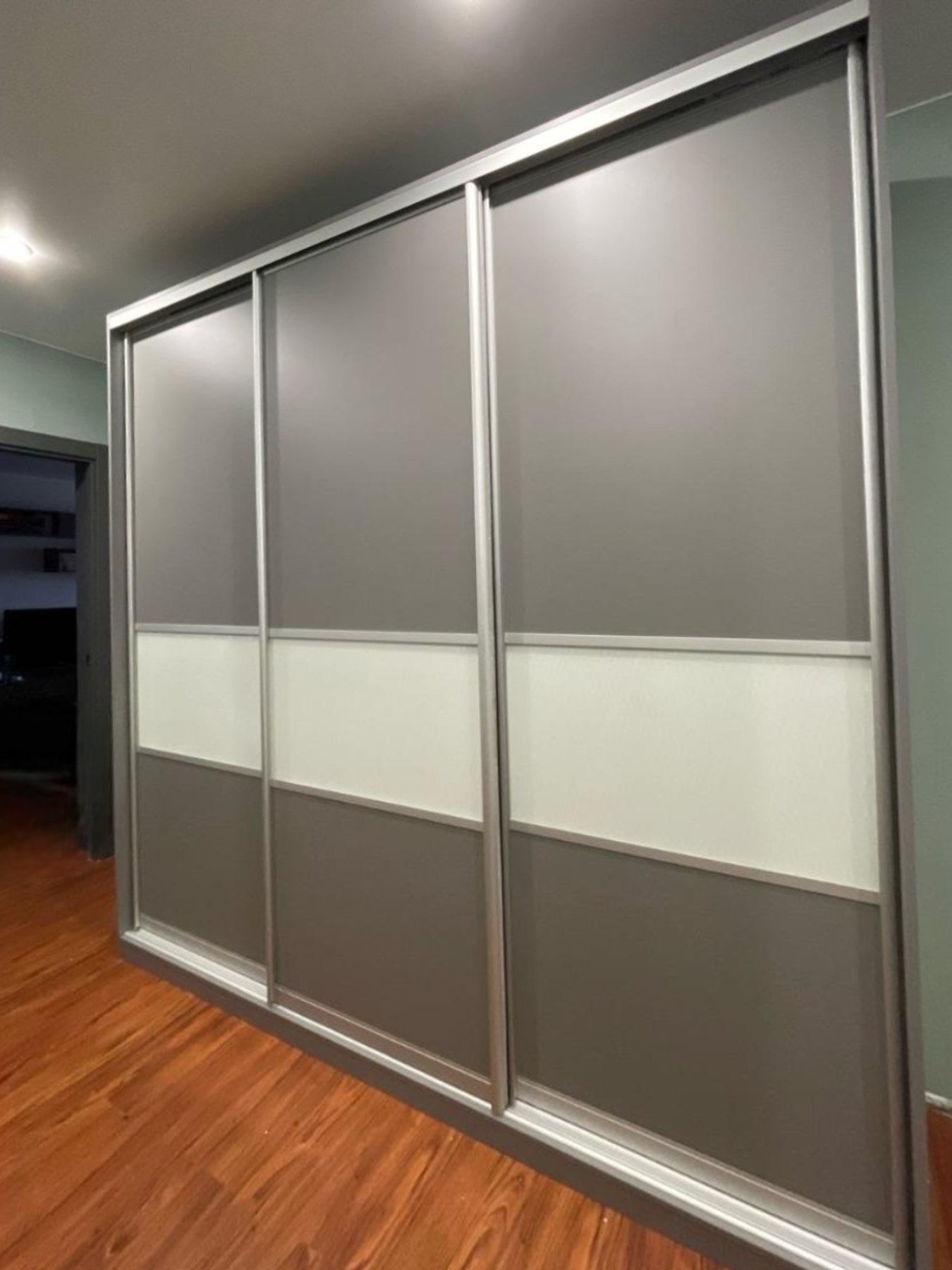
Culinary Spaces Elevated Exquisitely
In recent years, the kitchen has transformed from a mere room where meals are prepared into a central hub for entertainment, socialization, and culinary creation. Reminiscent of both personal flair and functional design, culinary spaces have now attained a level of sophistication and elegance like never before. This article delves into how modern design trends and innovative technology are elevating culinary spaces to new heights of exquisiteness.
Integrating Technology with Functionality
Modern kitchens are increasingly incorporating cutting-edge technology to improve the culinary experience. From smart refrigerators that keep track of grocery needs to ovens that can be pre-heated via a smartphone app, the integration of technology is making cooking more efficient and enjoyable. Innovations such as induction cooktops and sous-vide machines are becoming household staples. These advancements not only help in precise cooking but also contribute to the aesthetic value of the culinary space, as they often feature sleek, minimalist designs that blend seamlessly into the modern kitchen.
Design Aesthetics that Speak Volumes
Design is another element that has taken center stage in the evolution of culinary spaces. Contemporary kitchens now sport a blend of materials such as stainless steel, natural stone, and wood, creating a harmonious balance between industrial and organic aesthetics. Lighting too plays a critical role, with designers employing a variety of fixtures that offer both functionality and a statement piece to the room. Pendant lights over a center island or under-cabinet lighting can alter the mood and perception of the space, striking a fusion of warmth and sophistication.
Maximizing Space with Innovative Storage Solutions
Storage reality in culinary spaces has shifted towards smarter, space-saving solutions. Innovative designs like floor-to-ceiling cabinets, deep drawers for pots and pans, and customized compartments for small appliances have become the norm. These solutions not only help to declutter the work surface but also provide an organized and clean look to the kitchen. The rise of the invisible kitchen, where appliances are concealed within the cabinetry, also contributes to a streamlined and sleek environment.
Creating Social Hubs Through Open-Plan Layouts
The concept of open-plan kitchens is now a fundamental element of exquisite culinary spaces. It encourages a communal atmosphere where the act of cooking is shared and enjoyed with family and friends. By merging the kitchen with living areas, it creates an inclusive environment that encourages interaction. This layout is not only about embracing togetherness but also about crafting a more dynamic and adaptable living space.
Embracing Sustainability and Wellness
Sustainability is becoming an increasingly important consideration in kitchen design. From using eco-friendly materials for countertops and cabinetry to installing energy-efficient appliances, environmentally conscious choices are becoming a mark of a refined culinary space. Additionally, the rise of herb gardens in the kitchen area is promoting wellness, offering fresh herbs at the cook's fingertips and adding a vibrant touch of greenery.
Conclusion: The New Heart of the Home
As culinary spaces continue to evolve, they encapsulate more than just areas for food preparation; they have become a living art, reflecting personal style, innovation, and sociability. These spaces are now pillars of the modern home, designed not only for functionality but also for providing a sanctuary of taste and creativity. Culinary spaces, exquisitely elevated, have indeed redefined what it means to have a kitchen that is both beautiful and smart—an emblem of contemporary living.